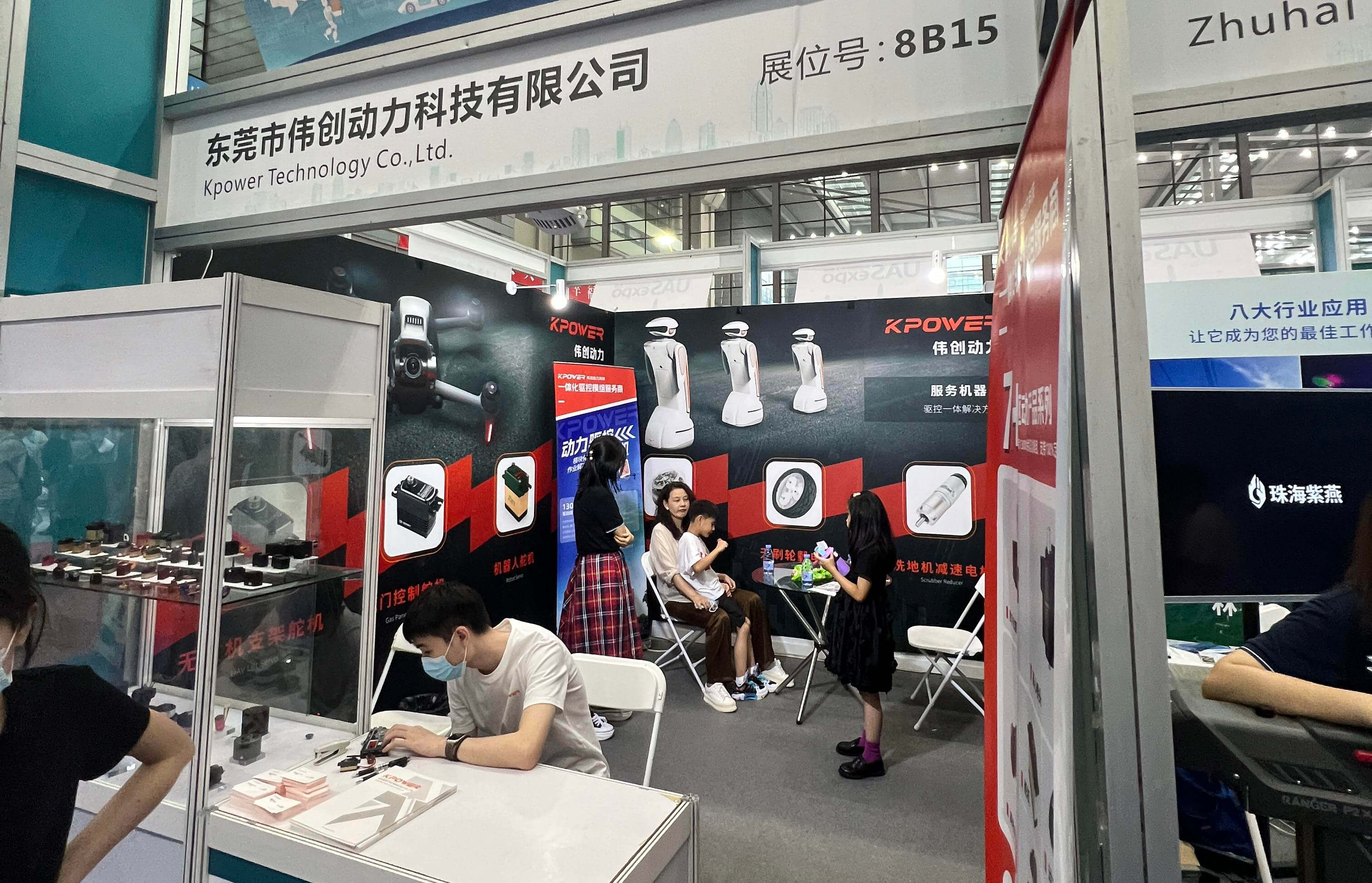Imagine a world where your LEGO models don’t just sit passively, but come alive with movement—each hinge, wheel, and arm responding with precision and purpose. This world becomes possible when you understand how to harness the power of the LEGO Power Functions Servo Motor Mod. Whether you're a seasoned builder or an enthusiastic beginner, this modification opens doors to a new realm of creative possibilities, blending classic LEGO fun with the finesse of robotics engineering.

Understanding the Basics: What is the LEGO Power Functions Servo Motor? The LEGO Power Functions (PF) system has long been a fan favorite, bridging the gap between creativity and mechanics. Among its components, the servo motor stands out as a versatile, precision instrument designed to provide controlled, angular movement. Unlike the standard motors used in LEGO Technic sets, the servo motor is engineered to turn to specific angles, making it ideal for projects that require accurate positioning—think robotic arms, steering mechanisms, or automated gadgets.
The core advantage of the LEGO Power Functions Servo Motor lies in its fine-tuned control capabilities. When integrated correctly, it offers a level of precision that surpasses conventional motor solutions, allowing builders to program and set exact angles, whether it’s a 30-degree tilt or a full 180-degree rotation. This accuracy transforms your LEGO models from simple moving parts into intelligent, responsive systems.
The Magic of Modding: Enhancing the Servo Motor While the official LEGO Power Functions Servo Motor is indeed powerful in its own right, modders and hobbyists often take customization further. The idea behind a “servo motor mod” is to unlock additional performance features—such as increased torque, smoother rotation, or extended rotation angles—and to adapt the motor for specific project needs.
Modding may involve hardware tweaks like replacing internal gears, upgrading the motor's internal circuitry, or designing custom gearboxes to amplify torque. Advanced enthusiasts might even integrate sensors or microcontrollers, turning LEGO motion into part of a larger automated system. The goal isn’t just about raw power but about tailored functionality and seamless integration into complex builds.
Why Consider Modding the LEGO Power Functions Servo? For many builders, simply using the out-of-the-box servo motor sparks inspiration but leaves space for improvement. Here are some of the top reasons why enthusiasts venture into modifications:
Increased Torque & Strength: Standard servo motors can struggle with heavier loads or prolonged use. Modding can reinforce internal gears and components to handle stress better, making the motor more durable.
Enhanced Rotation Range: Some projects demand more than 180 degrees of movement. With modifications, it’s possible to expand the rotation to 270 or even 360 degrees, opening up new avenues for creativity.
Improved Precision & Control: Factory settings might limit the resolution of movement. Custom coding or hardware tweaks can enhance control, allowing for smoother, more accurate positioning.
Custom Integration: Modding enables the embedding of additional sensors, switches, or microcontrollers (like Arduino or micro:bit), transforming simple LEGO models into intelligent devices.
The Right Tools and Techniques for Modding Modifying LEGO Power Functions Servo Motors may sound daunting, but with the right tools and a careful approach, it becomes an enjoyable challenge. Here’s what you’ll typically need:
Gear Sets & Replacements: Upgraded gears to increase torque or change gear ratios. Microcontrollers: For advanced control, use Arduino, micro:bit, or other controllers compatible with LEGO motors. Soldering Equipment: To modify internal circuitry or add sensors. Measuring Devices: Multimeters and torque testers for assessing improvements. Software: To code custom control algorithms, especially if integrating with programmable boards.
Start small—experiment with gear changes or simple modifications like adjusting the control signal. As your confidence grows, you can experiment with more complex electrical modifications or even 3D-printed parts to create bespoke gearboxes and brackets.
Real-World Applications & Creative Ideas What can you create once you’ve modified your Servo Motor? The possibilities are vast:
Robotic Arms: With adjustable angles and increased torque, LEGO robotic arms can grasp, lift, and manipulate objects with precision. Steering Systems: Perfect for remote-controlled vehicles or boats, mods can resize the servo’s rotation range for tighter turning angles. Automated Gates & Doors: Precision motor control can automate entry points, adding a cool, functional aspect to your building projects. Projection Devices & Art Installations: Use modded servos to move projectors, screens, or art pieces with programmed, intricate motion pathways. Educational Demonstrations: Show principles of automation, physics, and engineering using enhanced LEGO models.
Community & Resources For those ready to delve into the world of LEGO motor mods, a vibrant online community awaits. Forums like Eurobricks, BrickLink Studio, and LEGO Technic enthusiasts’ groups share modifications, software tricks, and detailed tutorials. You can find custom gear sets on specialty sites, and microcontroller integration tips are abundant on platforms like Instructables and GitHub.
Leveraging innovations in modular drive technology, Kpower integrates high-performance motors, precision reducers, and multi-protocol control systems to provide efficient and customized smart drive system solutions.




































